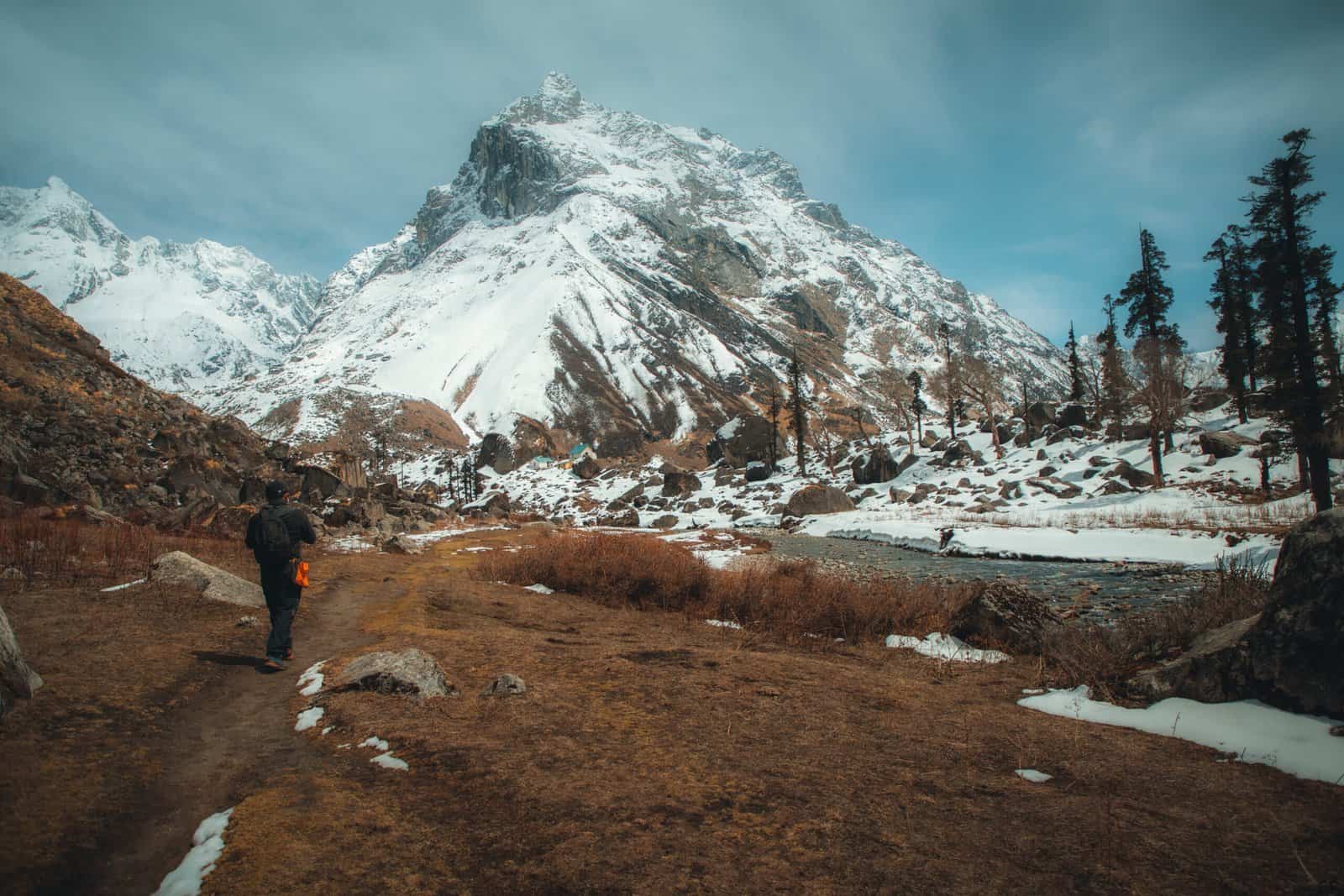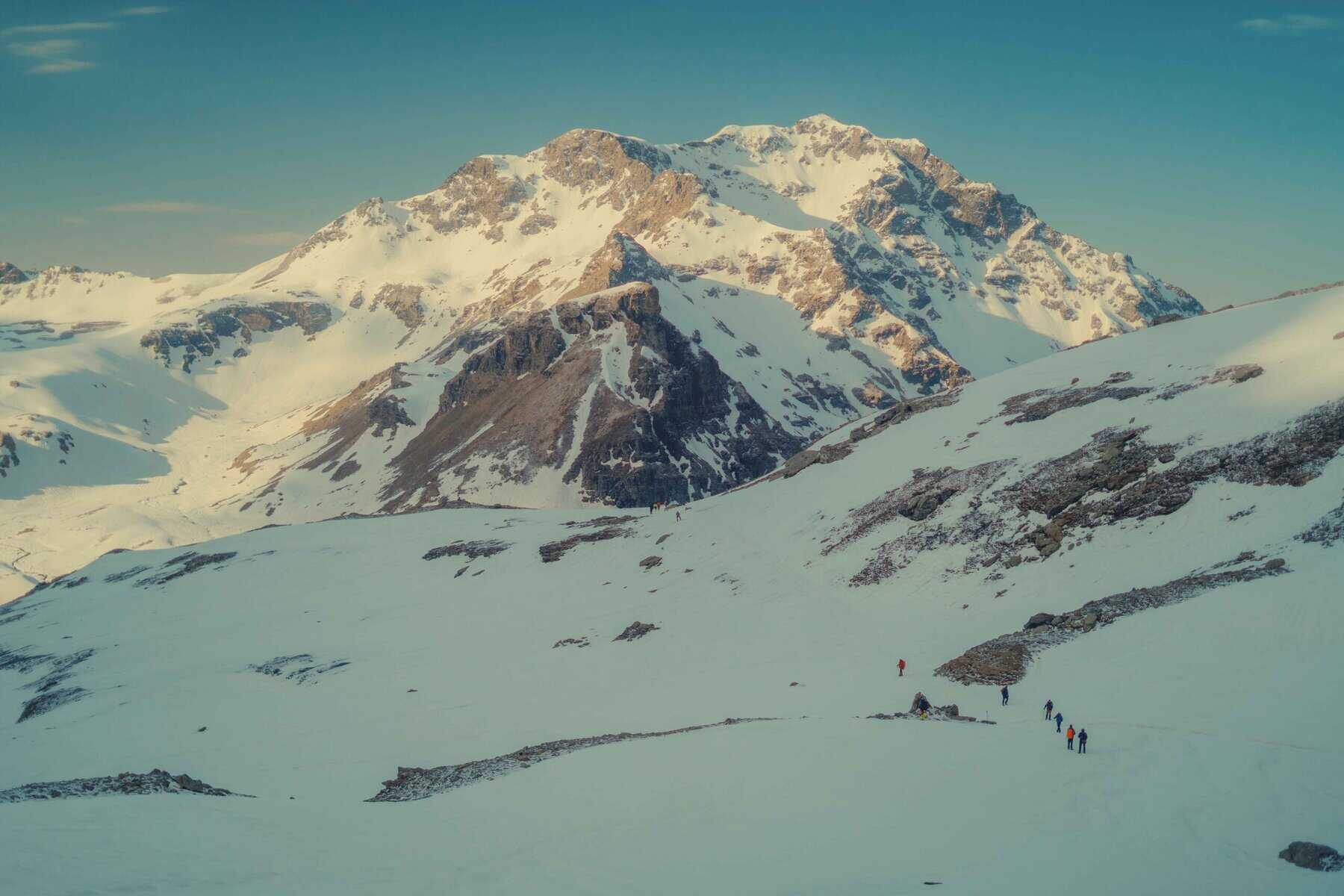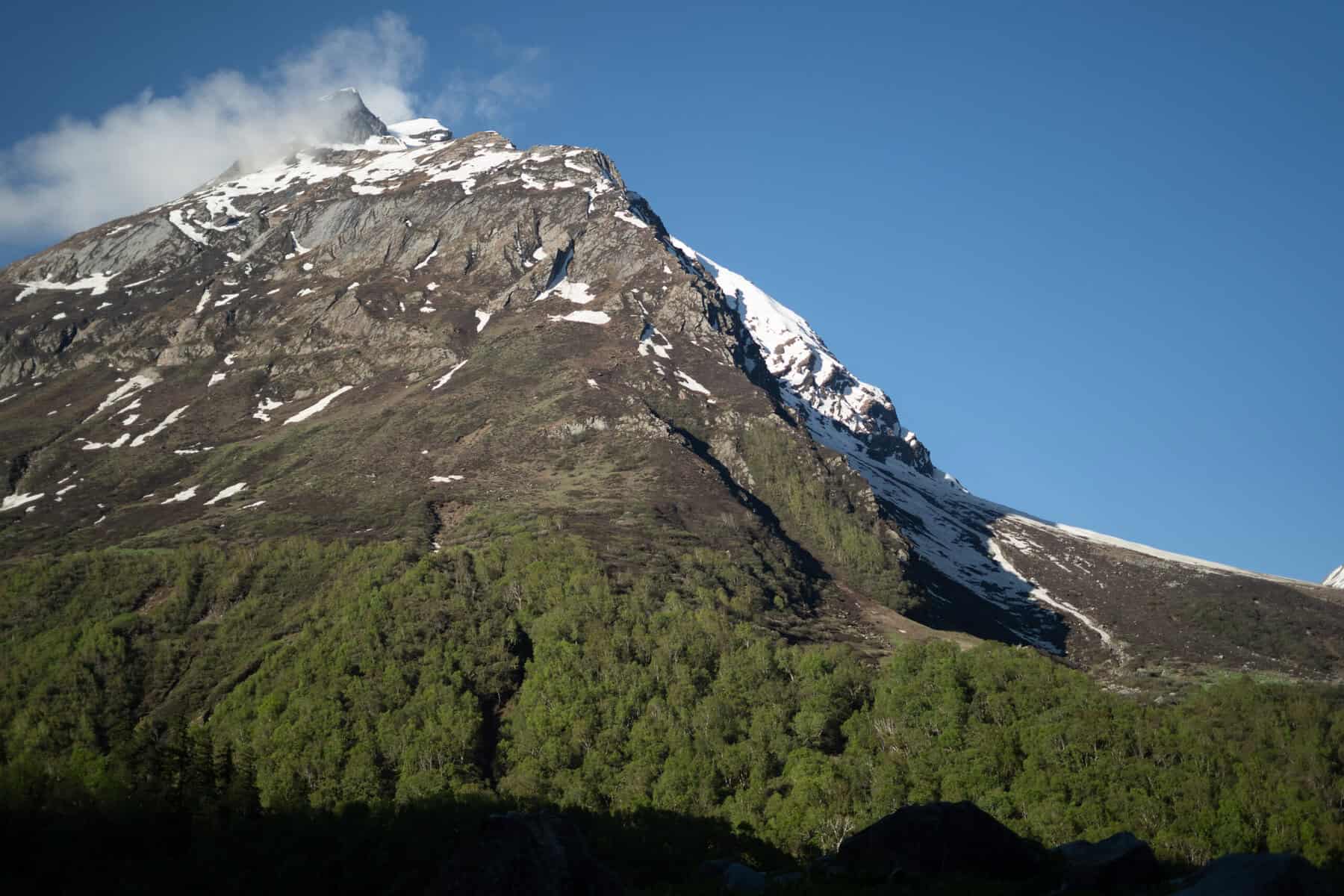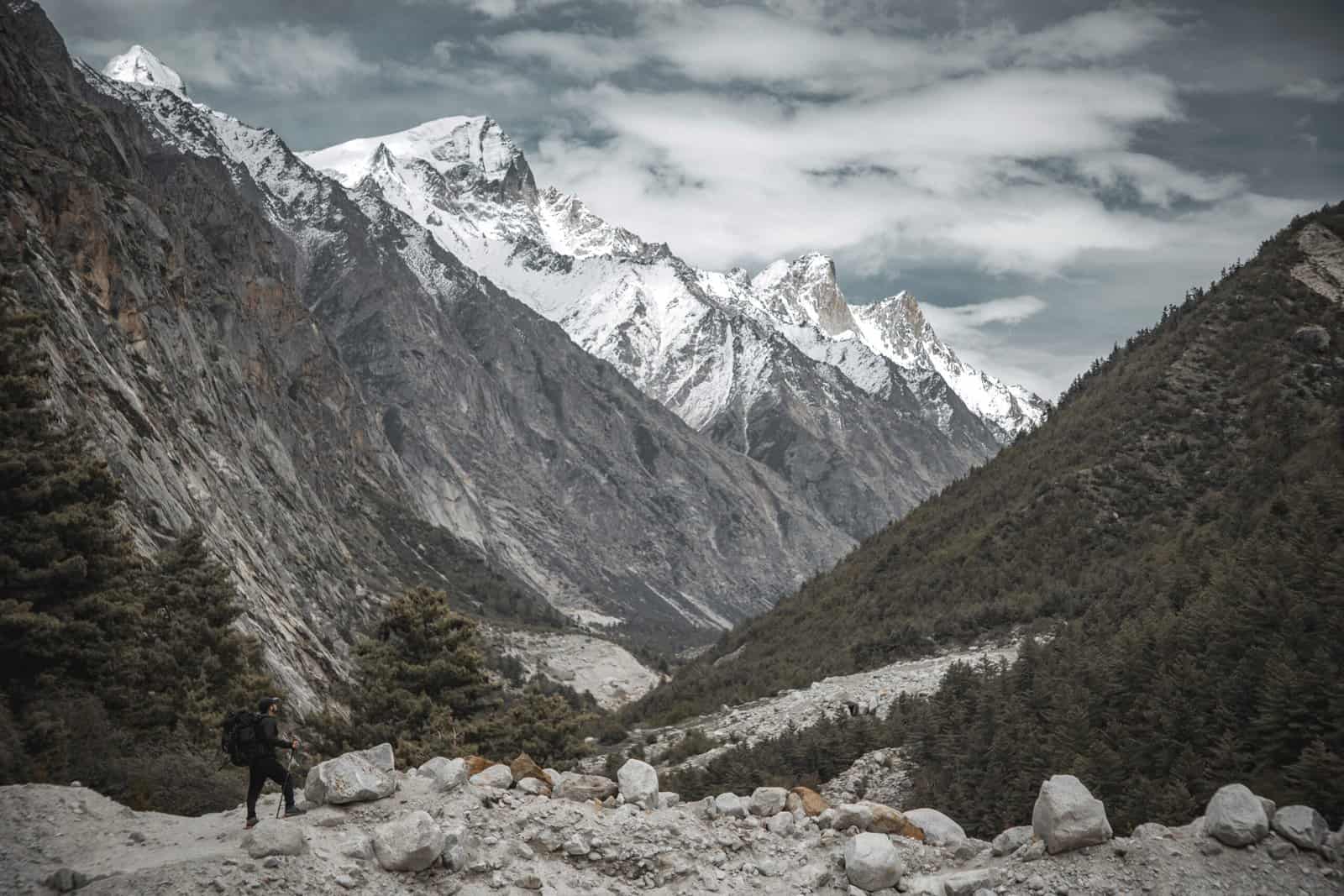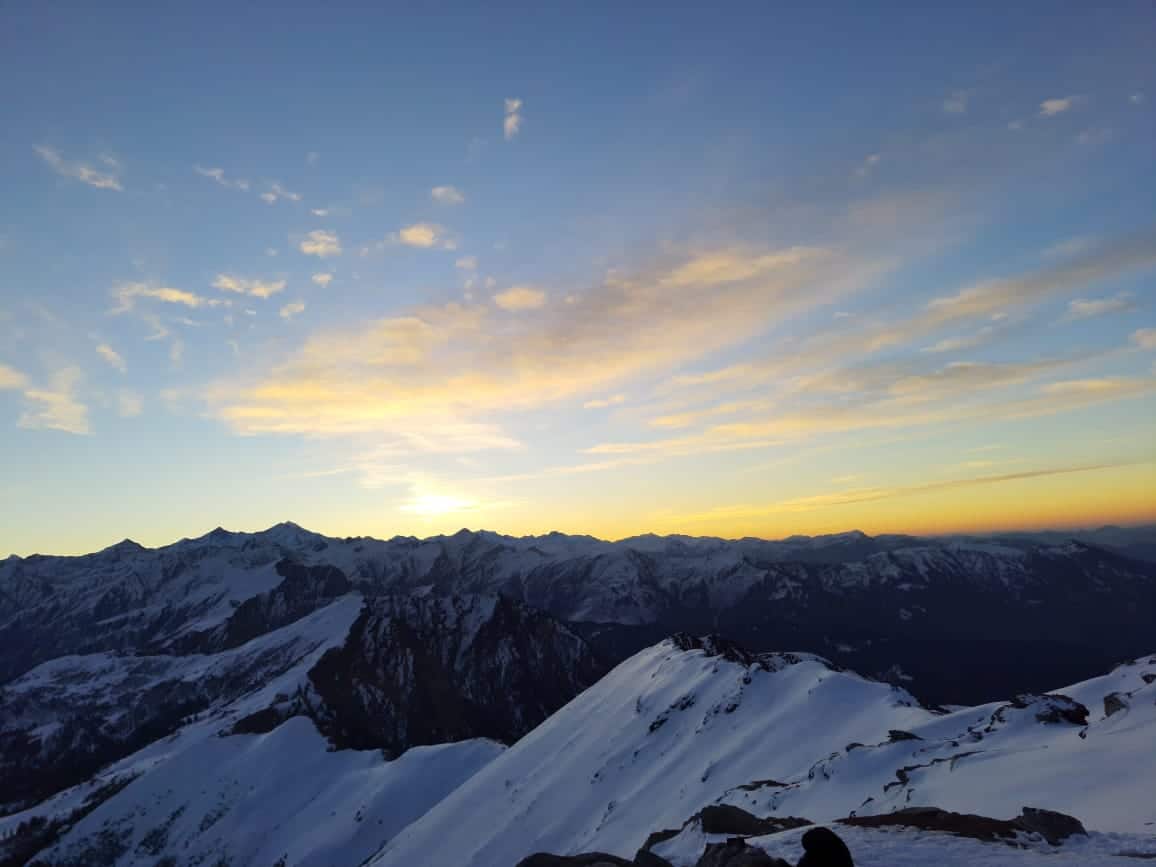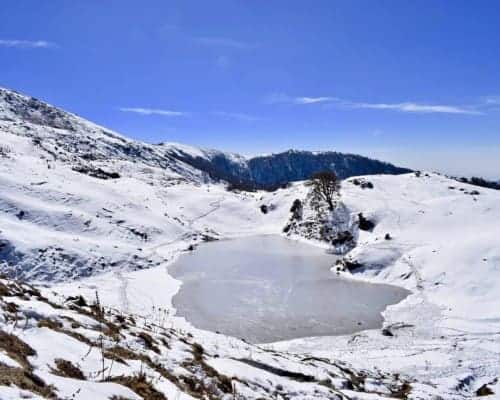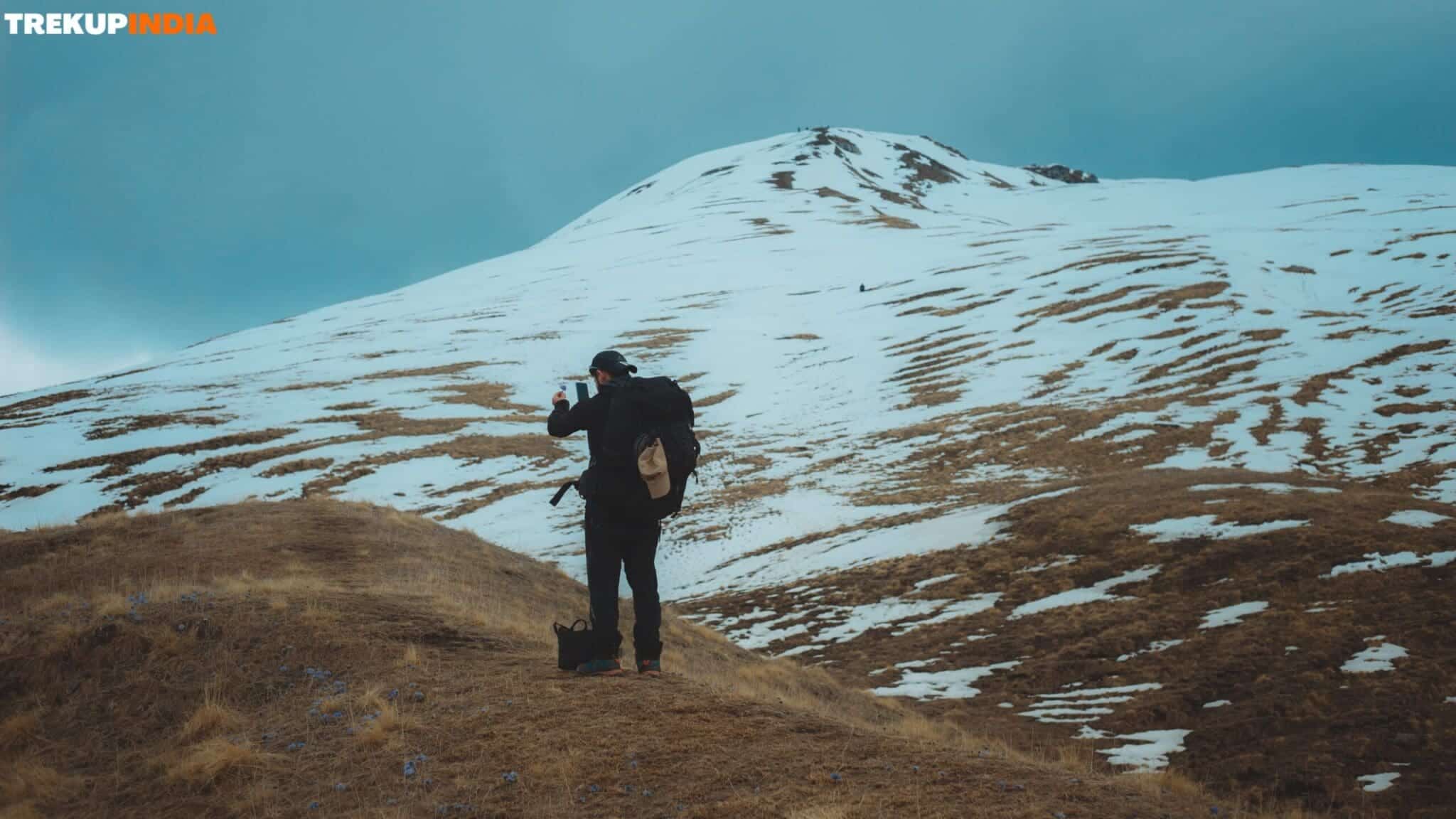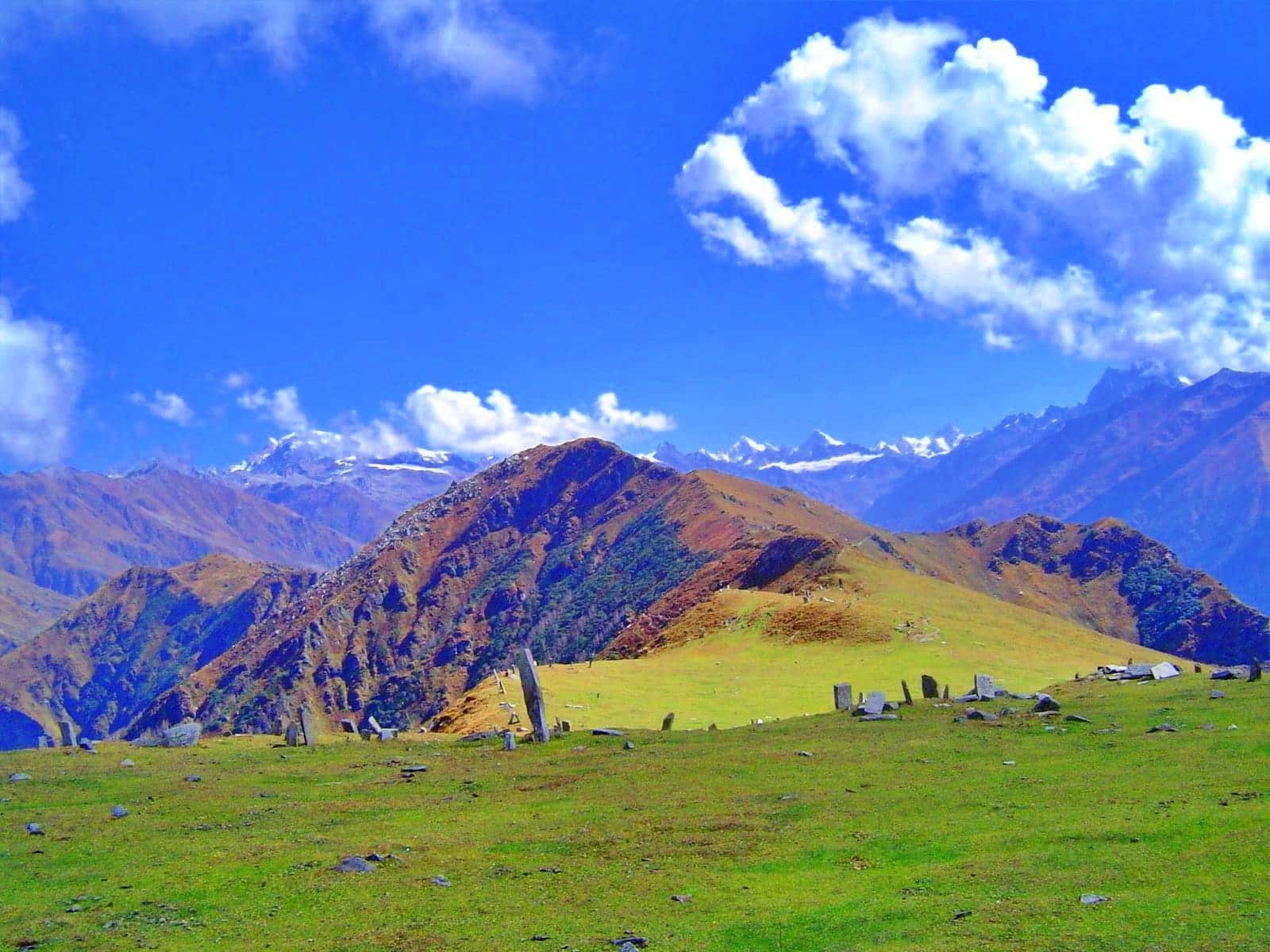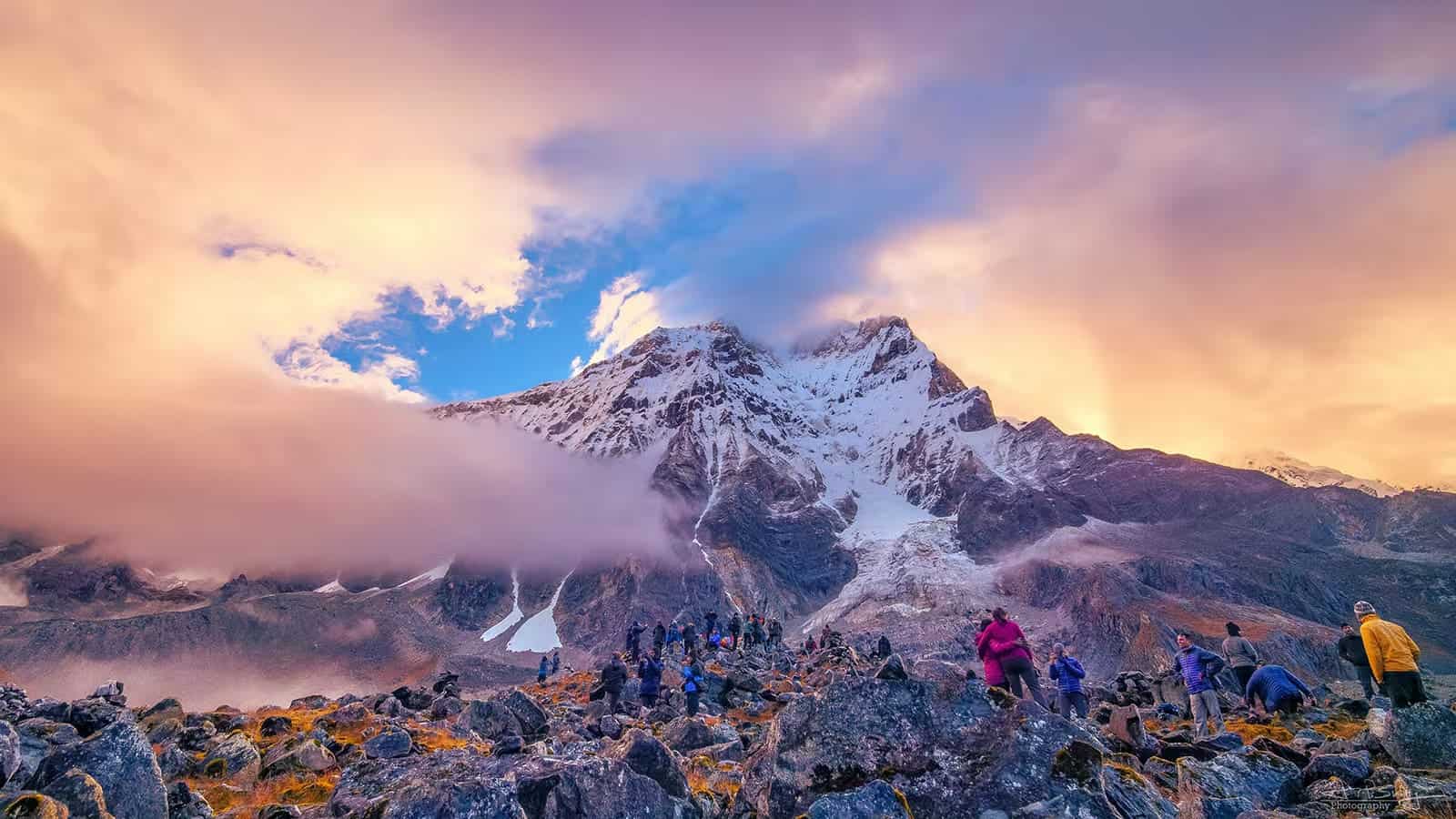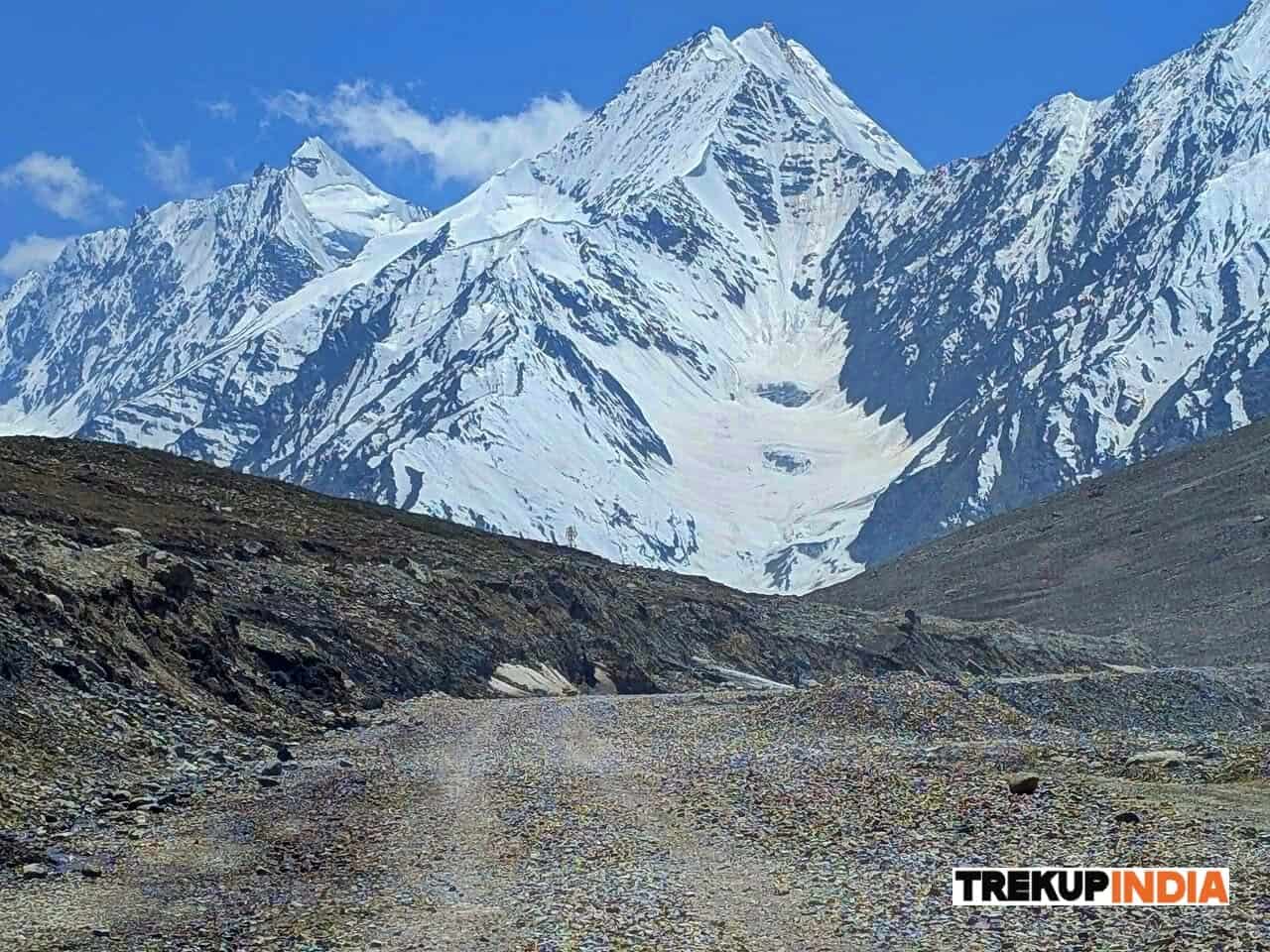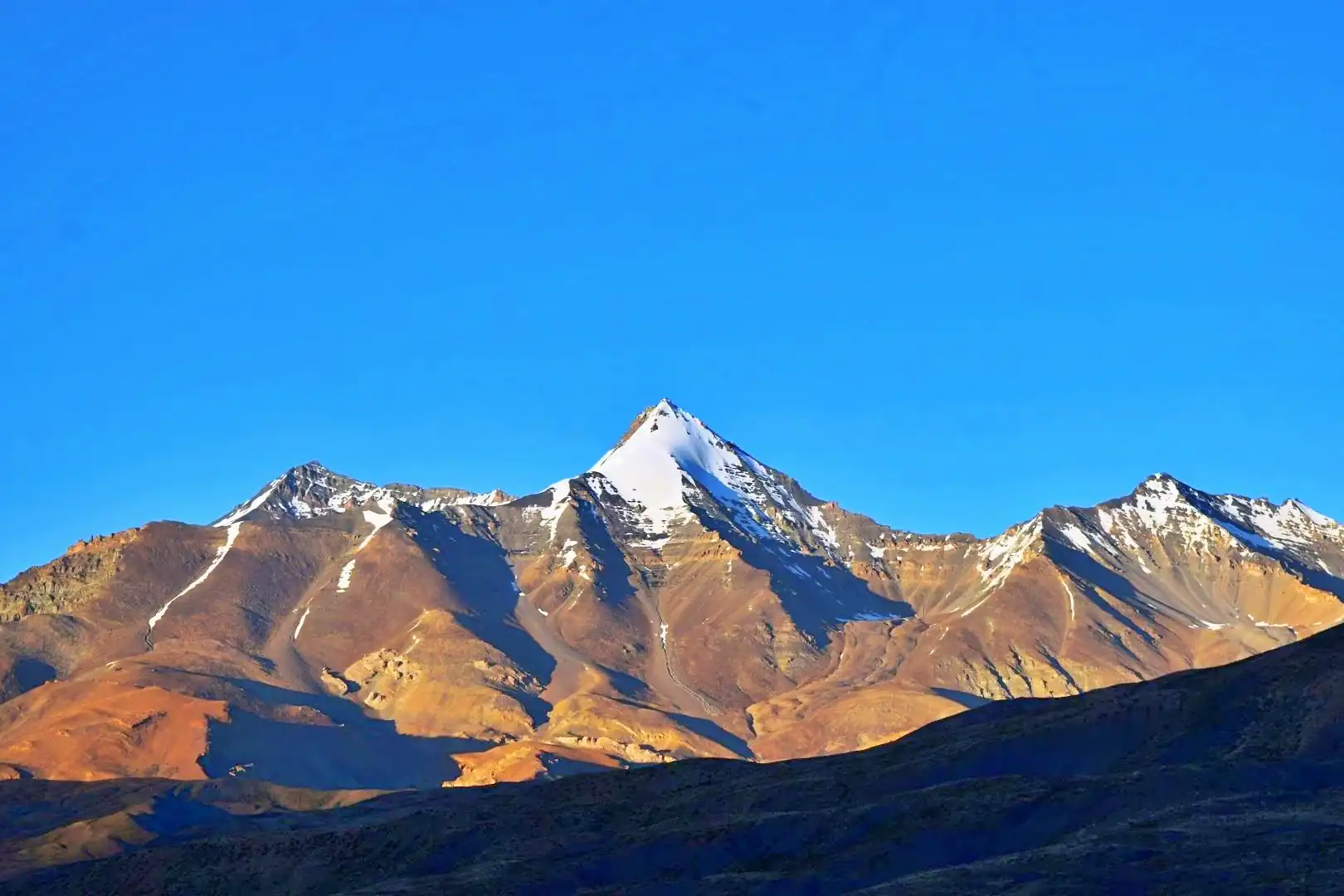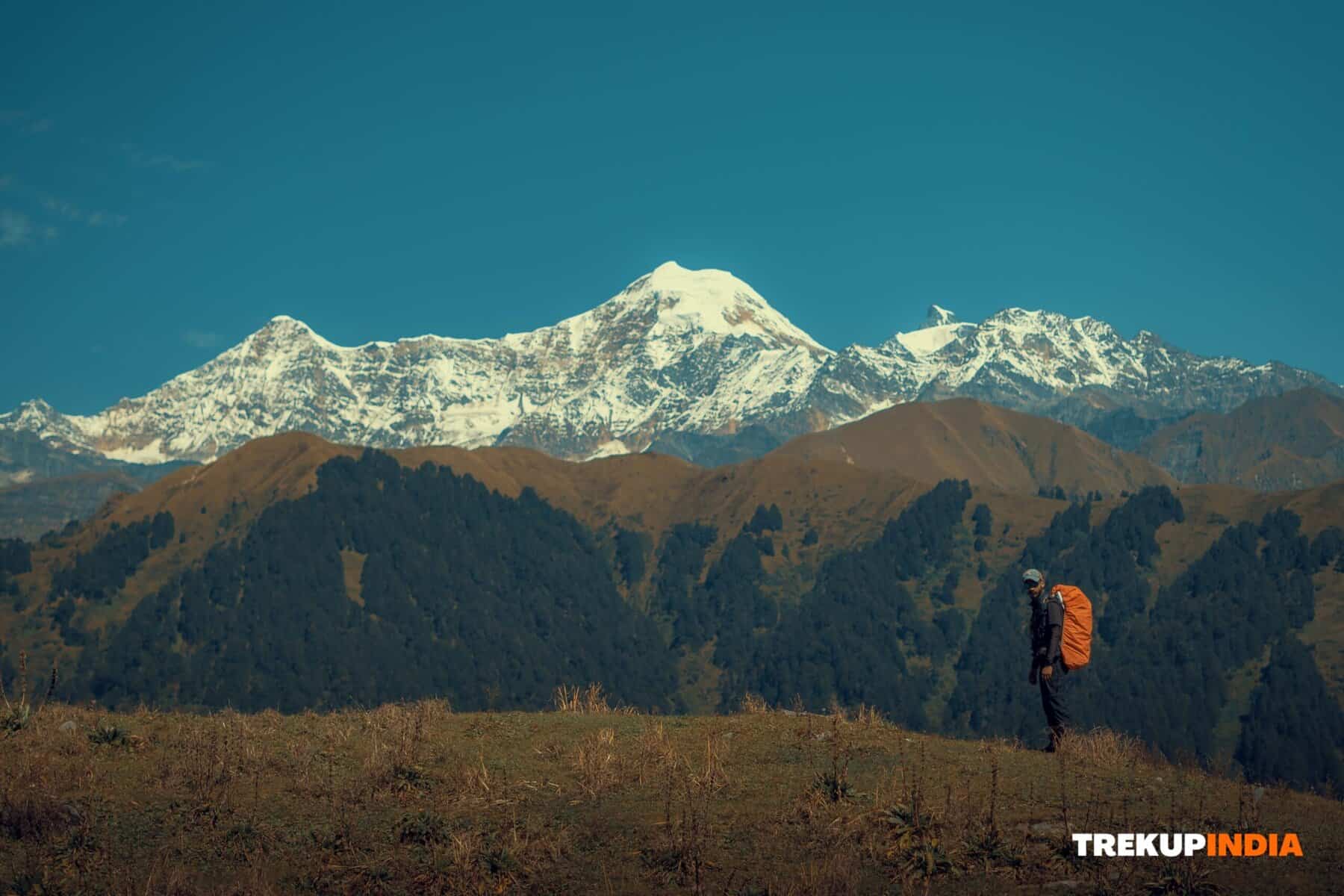What are chilblains? What measures can be taken to avoid them?
Chilblains: Prevention Tips and Measures
If you’ve never heard of “chilblains,” you’re not alone — but as a trekker, it’s something you should definitely be aware of. These painful skin sores can develop at high altitudes and are dreaded by even the most experienced hikers, regardless of how good their boots are.
Chilblains are red or bluish patches of swollen skin that cause itching, pain, and a burning sensation. They occur due to sudden exposure to cold temperatures, especially when followed by rapid warming — a common scenario during high-altitude treks.
Although chilblains are relatively uncommon among Indian hikers, especially in lower Himalayan regions, it’s still important to understand the condition and how to prevent it. Being informed can help you stay safe and comfortable on your next mountain adventure.
Identifying Chilblains - To recognize a Chilblain, look for these signs and symptoms:

image source sanderspodiatry.com
Chilblains appear as swollen, itchy, and red to purple bumps that may resemble small nodules on the skin. In some cases, they can become infected or ulcerated, leading to intense pain and a higher risk of complications. Affected areas often feel persistently itchy, numb, or even burning.
If not treated properly or if exposure to cold continues, chilblains can become chronic. In severe cases, this may progress to frostbite — a condition where the tissues beneath the skin freeze, potentially causing long-term damage.
What Causes Chilblains
The primary cause of chilblains is exposure to cold temperatures. When your skin gets cold, the small blood vessels near the surface constrict. If the skin is then suddenly exposed to heat, such as sitting close to a fire or touching a hot object, these vessels rapidly dilate. This abrupt change can cause blood to leak into the surrounding tissues, resulting in painful, swollen, and discolored skin lesions known as chilblains.
Who is More Susceptible to Chilblains?
Certain individuals are more prone to developing chilblains due to physiological and lifestyle factors. These include:
Smokers – Nicotine is a vasoconstrictor, meaning it narrows blood vessels and impairs circulation, increasing susceptibility.
Females and children – These groups are statistically more likely to experience chilblains, possibly due to hormonal and physiological differences.
People with low body mass index (BMI) – Less body fat can mean reduced insulation and a higher risk of cold-related conditions.
Individuals with Raynaud’s disease – This condition affects blood flow to the fingers and toes, making chilblains more likely.
Those wearing improperly fitted shoes – Tight or small shoes can restrict circulation, especially in cold weather, increasing the risk.
Chilblains: A Generational Concern?
There’s some evidence suggesting that chilblains may run in families, indicating a potential genetic predisposition. While not fully proven, this “generational” tendency might explain why some individuals are more vulnerable even with minimal cold exposure.
What are Preventions for Chilblains
When trekking, taking care of your feet is crucial in avoiding chilblains. With the right precautions, you can reduce your risk significantly. Here are some tips that I personally follow:
Quit Smoking and Stay Hydrated
Smoking narrows blood vessels, which can increase the risk of chilblains. To help eliminate nicotine from your body, drink plenty of water, engage in physical activity, and consume antioxidant-rich fruits like oranges, which support detoxification.Wear Properly Fitting Footwear
Proper footwear is essential to avoid discomfort and health issues, including chilblains. Tight shoes and boots can put unnecessary pressure on your feet, leading to blisters and other foot problems. Always break in new shoes before starting your trek to ensure your feet stay comfortable and healthy throughout your journey.Eat Warm, Nutritious Meals
A warm, balanced meal every day helps maintain your body temperature and shields you from the cold. Make sure you’re consuming enough calories and warmth to sustain energy and prevent sudden drops in body temperature.Keep Your Socks Dry
Wet socks are a major culprit in causing chilblains. During the day, hang your socks under your shirt or waistband to help them dry out. At night, store them inside your sleeping bag near your chest to keep them warm and dry. Carry an extra pair of socks, just in case.Ensure Warm, Dry Feet While Sleeping
Never sleep with wet or cold socks. Even one night in cold, damp socks can set you back in preventing chilblains. If possible, use a small towel to dry your feet before you sleep. Keeping your feet warm and dry is essential for preventing cold-related injuries.Start Early and End Early
Trek during the warmer parts of the day by starting early and halting before it gets dark. This allows you to take advantage of the sun’s warmth and avoid the chillier temperatures in the evening. It also gives you enough time to care for your feet before resting.Regularly Check Your Feet
Make it a habit to check your feet throughout the day. If they become damp from sweat, switch to dry socks immediately. Since nerve damage caused by altitude sickness can dull sensations, regular foot checks are vital to catch any chilblain symptoms early.Avoid Sudden Temperature Shifts
Sudden changes in temperature can trigger chilblains. Use your body heat wisely to warm up, but avoid rubbing your feet vigorously, as this can irritate the skin and worsen chilblains. Instead, allow your body heat to naturally adjust.
By following these simple but effective tips, you can reduce your chances of developing chilblains during your trek and ensure your feet remain healthy and comfortable throughout your adventure.
What are the treatments for Chilblains?
If you notice symptoms of chilblains, inform your trek leader immediately to ensure proper care and attention.
In most cases, chilblains will resolve on their own within two weeks, as long as the affected area isn’t exposed to further irritation.
To relieve itching, you can apply a soothing ointment such as calamine lotion. If the skin remains intact, a 1% hydrocortisone cream can help calm the irritation.
If you’re in a cold environment and your skin feels chilled, it’s important to warm up gradually. Avoid rushing to a heat source like a campfire or stove. Instead, place your cold feet on a warm surface, such as a fellow trekker’s belly. This gentle method will allow your body to adjust to the heat comfortably, reducing the risk of discomfort or injury.
About Author

Preetam Singh Rawat (Founder)
The person behind this trekking organization is someone who’s spent over a decade – 12 years, to be exact – living and breathing the mountains. With multiple high altitude summits under his belt (we’re talking 6000 to 7000 meter peaks), he’s not just experienced – he’s the real deal.
But what really sets him apart is the sheer number of treks he has guided. He has led over 200 Himalayan expeditions, including well known routes like Bali Pass, Buran Ghati, Rupin Pass, Pin Bhabha, Stok Kangri, and Black Peak. Not just once, but multiple times. So yeah, when it comes to the Himalayas, he knows every twist in the trail and every story the mountains have to tell.
Got questions or want to get in touch? Write to Preetam at preetam@trekupindia.com. He’s always happy to chat about treks, answer your questions, or help you prepare for your next big adventure.
Why TrekupIndia?
Since 1993
- Trekup India has been one of the most recommended partners for trekking adventure tourism for more than 29 years. Featuring more than 75 Himalayan treks makes us supreme in the domain.
- We have explored trails like Kedarkantha Trek, Rupin Pass Trek, Borasu pass, Bali Pass, etc.
- Trekup India is India’s Oldest, Safest And direct operation trekking organisation. Trekup India has more trekkers than any other organization. 15,000 plus for 2022
We Are Approved And Certified By :-
- Adventure Tour Operators Association of India (ATOAI)
- Indian Mountaineering Foundation (IMF)
- State Tourism Department
What We Do?
- Trekup India is the most trusted trekking company in India. We also sets safety standards for the entire trekking industry.
- Trekup India is the pioneer of trekking in India. Trekup India has brought most trekking routes, trekking systems and trekking equipment to India for Indian trekking.
Save The Trail
- Trekup India’s Save The Trails program is a favorite among trekkers. Our Save The Trails program has made trails, where Trekup India runs trekking, pristine. Save The Trails is a great way for trekkers to leave our mountains better that we found them.
- Trekup India is a unique trekking company that offers the Trekup India’s Trekkers best experience. These transformative experiences are well-designed and leave an indelible impression on trekkers. These have been around for 29 years.


